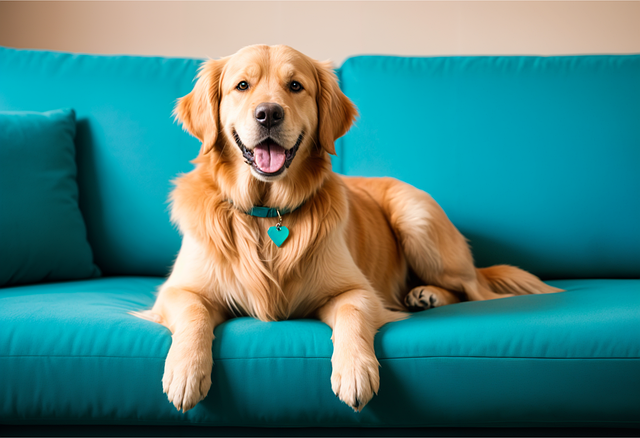
How can I tell if my dog's heatstroke is serious
Let’s be real: It’s a sticky August morning in Los Angeles, and you took your 2-year-old Golden Retriever, Max, for a walk a little later than usual
It’s confusing when you fill your dog’s bowl like usual, but they’re still slimming down—even as they zoom around the yard or greet you with their usual wag. Many new dog owners brush this off at first, thinking it’s just a phase, but subtle weight loss often signals something needs a closer look. Maybe they’re burning more calories than you realize, or there’s a small shift in their health you haven’t spotted yet. The good news is, with some simple checks, you can get to the bottom of it without panicking.
First, let’s break down the science: dogs lose weight when their energy use outpaces their calorie intake, or when their body can’t absorb nutrients right. For example, if your apartment-dwelling pup started barking at squirrels more (so they’re pacing more) or you switched to a lower-calorie kibble without adjusting portions, that could be it. But it could also be something like dental pain—if chewing hurts, they’ll eat less even if they’re hungry. A quick check of their gums (look for redness or tartar) can rule this out easily.
 Next, let’s talk practical steps. Start by tracking their food: measure portions with a cup (not just “scooping”) and note if they leave any. Also, check for hidden calories—are neighbors slipping them treats during walks, or is your cat sharing their food? If that’s not it, think about recent changes: a new work schedule that cuts down playtime (less activity usually means less hunger, but sudden drops can be off) or a move to a new home (stress sometimes suppresses appetite temporarily). If these checks don’t reveal anything, it’s time to call your vet—they can run blood work to rule out issues like thyroid problems, which are common in older dogs but easy to treat.
Next, let’s talk practical steps. Start by tracking their food: measure portions with a cup (not just “scooping”) and note if they leave any. Also, check for hidden calories—are neighbors slipping them treats during walks, or is your cat sharing their food? If that’s not it, think about recent changes: a new work schedule that cuts down playtime (less activity usually means less hunger, but sudden drops can be off) or a move to a new home (stress sometimes suppresses appetite temporarily). If these checks don’t reveal anything, it’s time to call your vet—they can run blood work to rule out issues like thyroid problems, which are common in older dogs but easy to treat.
It’s also key to remember local norms and rules. For example, in most U.S. cities, you’re required to clean up after your dog during walks—but that’s also a chance to observe their energy: are they lagging when they usually pull the leash? Also, never skip annual vet visits, which often include weight checks—many states require core vaccines (like rabies) anyway, so combining those with a weight chat keeps you compliant and proactive. And always use positive reinforcement if you adjust their diet—praise them for finishing their bowl instead of scolding if they don’t; punishment can make them associate food with stress, worsening appetite issues.
Figuring out why your dog’s losing weight while acting normal takes a little patience, but it’s mostly about paying close attention to small changes. Start with food tracking and basic health checks, then loop in your vet if needed. Remember, your dog can’t tell you when something’s off—so your observation skills are their best tool. By staying on top of their routine and following local pet care guidelines, you’ll keep them happy, healthy, and at a steady weight in no time.

Let’s be real: It’s a sticky August morning in Los Angeles, and you took your 2-year-old Golden Retriever, Max, for a walk a little later than usual

You're enjoying a summer afternoon at the park when you notice your dog has stopped panting and appears disoriented - their gums are bright red

Let’s paint the picture: You’re in your Denver apartment, watching your 4-year-old Boston Terrier, Ruby, plop down mid-play session with her favorite toy

Many dog owners notice their pets nails seem shorter after regular walks,but how much does this daily activity actually help?The answer depends on where you walk—concrete sidewalks or asphalt streets gently file nails as a dog's paws hit the ground

Most dog owners notice their pup scooting across the carpet at some point, but few connect it to impacted anal glands. These small sacs near a dog’s rectum secrete a scent for marking territory

Most vets agree that regular dog teeth cleaning is key to avoiding painful dental issues later. For healthy adult dogs, a professional cleaning at the vet’s office every 12 to 18 months usually works well.